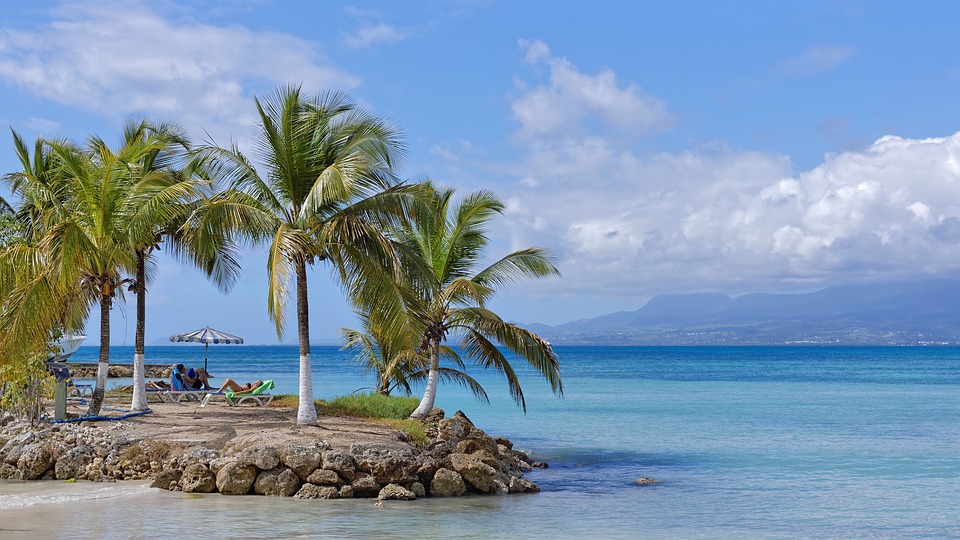Top 10 Facts About Living Conditions in Guadeloupe
 Southeast of Puerto Rico and north of Dominica lie the French Caribbean islands of Guadeloupe. France is a parent of this archipelago, providing systems to manage the islands’ legislation, health and education.
Southeast of Puerto Rico and north of Dominica lie the French Caribbean islands of Guadeloupe. France is a parent of this archipelago, providing systems to manage the islands’ legislation, health and education.
Top Ten Facts About Living Conditions in Guadeloupe
- Guadeloupe’s government runs under the French Constitution and executes authority with the French legal system. With France as the head of state, this country has no military of its own, rather it relies on their overseas French parliament to defend their borders. Ironically, the most recent conflict was the riots of 2009 which revealed the French government’s inability to deflate the cost of living on the island.
- The construction of new housing and low-cost residence funded by tax plans created the availability of living spaces. This is a good start to addressing the issues of living costs challenged in 2009. However, in 2011, the National Institute of Statistics and Economic Studies of France (INSEE) reported that 19 percent of households in Guadeloupe are still living in poverty.
- With an unemployment rate of 26.9 percent, the Regional Council of Guadeloupe decided to improve the job market through its Regional Scheme for Economic Development (SRDE). Their plan is to optimize access to employment through work placement programs. Satisfying Guadeloupe’s population with opportunities for wealth will feed into the country’s economy.
- As arable land decreases, so does Guadeloupe’s agriculture. This affects the industry which inputs 6 percent of the region’s GDP and employs 12 percent of its workers. The production can’t feed the population alone. In fact, the country imports 90 percent of its food for consumption.
- The urbanization rate is at an alarming 98 percent. This means, by 2030, 1,500 hectares (approximately 3,700 acres) will be needed for the construction of 19,000 units to house 50,000 dwellers. The unbalanced spread of the population creates congested urban centers.
- The annual expenditure on health care and medical products per habitant is 1,800 euros (approximately $2,000). Funding comes from partnerships and programs for EU members, so Guadeloupe doesn’t receive aid from international organizations such as the World Bank and U.N. entities. As a security system, laboratories, like Guadeloupe’s Pasteur Institute in Pointe-à-Pitre, report threatening cases of diseases like dengue which had a fatality ratio of 0.06 percent during the 2012-2013 outbreak. Public health authorities watch and respond to potential threats as a means to establish early warning systems.
- The country also follows the French education system with primary schooling from age six to 11 followed by a four-year middle school. At 15 years of age, students may take a leaving examination and begin working. Those seeking to attend a university continue into secondary school with an additional three years.
- The country’s history brought together a diverse ethnic culture. It is a mixture of European, Indian, African and Caribbean. As such, the people celebrate Carnival. Beyond this traditional music and dance jubilation, the Creole culture is displayed through the celebration of literature. In fact, Guadeloupe hosts the International Congress for Caribbean Writers, showcasing such work.
- Though French is the official language, Creole is also taught in schools to keep the country’s heritage alive. History lives in the buildings as well. Colonial sugar, banana and coffee plantations still remain. Their slave houses, also known, in Creole, as “cases,” hold presence and display the country’s roots.
- Travelers can visit this island via French, U.S., Canadian, British and Dutch airlines connecting to Pole Caraïbes International Airport or the other small airports on the surrounding islands. A ferry provides passage between Guadeloupe’s associated islands. The bus system services main routes but becomes scarce on Sundays in secondary routes.
These top 10 facts about living conditions in Guadeloupe depict more than French colonial power. The archipelago distinguished itself from simply taking on the French way of life. The islands have a culture of their own which is the catalyst in their tourist economy.
– Crystal Tabares
Photo: Pixabay
